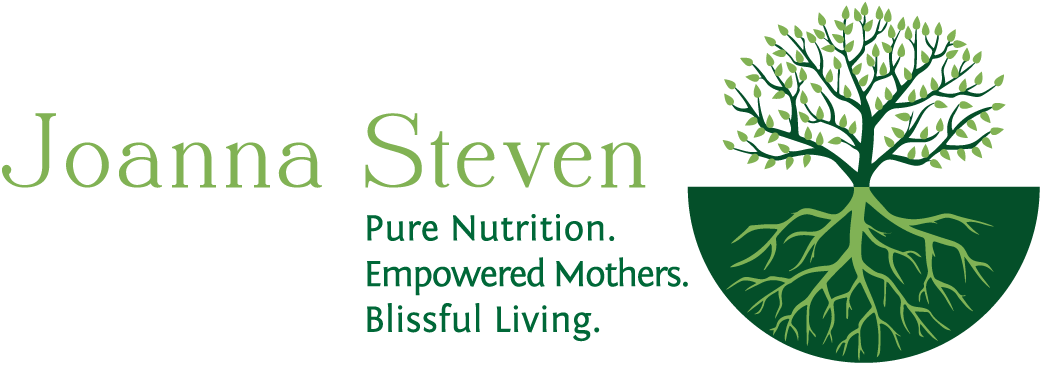I started my pregnancy absolutely committed to breastfeeding, after having almost had a breast reduction at 21 and then chosen not to pursue it again, in order to breast feed (someday). My thought was that I didn’t make that choice almost 10 years earlier to not be able to nurse. I had three different medical providers (my primary care FNP, a nurse and another FNP at the OB office) tell me that women who have my light complexion often have a harder time nursing, specifically relating to more sensitivity and pain. How hard could it be though, right? Right.
I started off in the hospital with an unexpected almost-four-week early baby. She was what the lactation consultants called “a lazy sucker” and
wouldn’t latch on. She had jaundice, and spent 16 hours under the bili lights. The nurses gave her formula as I cried, saying she needed it. I pumped and measured. In turn, all of the four lactation consultants from the hospital marched into my room convinced they would get her to nurse, and left defeated. On the way home from the hospital, Eric [her husband] and I stopped at the medical supply store and bought a breast pump. For the first 10 days or so, every couple of hours I would try to get her to nurse, fail, pump, and feed her the pumped milk. Then at day 10 or so, she just figured it out. She latched right on and practically didn’t let go.
At around 10 weeks of nursing, my nipples bled; I began to not just have pain associated with the latch, but pain that radiated from my breast
down my arms and through my back. I did my own research on the internet and came up with the possibility that I had thrush, metastisized
to my milk ducts. Lucy had just been treated for a thrush-y diaper rash with nystatin, and I’ve had yeast issues in the past, so I thought
it was a definite possibility. Everything I read talked about once pain had moved into your back, surface treatments would not work, but since the anti-yeast flucanizole is a drug that will present in breastmilk, it is not approved for use while nursing. The online studies and treatment plans all came from Canada, nothing from the US.
I brought this to my primary care FNP and she dismissed me. The OB office also dismissed me. The paediatrician (yes, I went
with my own problem) told me to rub the nystatin drops on my nipples, which was contrary to my internet advice that said the sugar in the
drops would negate any effects of the nystatin, especially when the thrush has gone to the ducts as I suspected mine had. I went back to
my PCP and the nurse who worked with my doctor asked me “If it’s that bad, why don’t you just stop nursing?” Finally I made an appointment with the nurse midwife at the OB office and went in and cried. She listened to me, did some of her own research, and prescribed the medicine that Canadian studies told me I needed, and it worked. Nursing, check. I finally had some relief.
I am so very happy I stuck with nursing Lucy despite the pain and suffering. It was an incredibly important part of our bond and still is. Even years after we stopped nursing, I would hear “I need your boobs” with a little hand snaking down the front of my shirt several times a day. My breasts were and are her comfort, the sign I’ll always be there for her.
I’ve also become more pragmatic about nursing in general, and less judgmental of mothers who do not have the choice to nurse. I’m thankful that I was able to give my kids the best start possible, happy for all mothers who choose this as well, and recognize that motherhood is a series of decisions and what is most important is doing the best you can.
For more stories from mamas who overcame obstacles in their breastfeeding journey, check out the complete list of posts.
